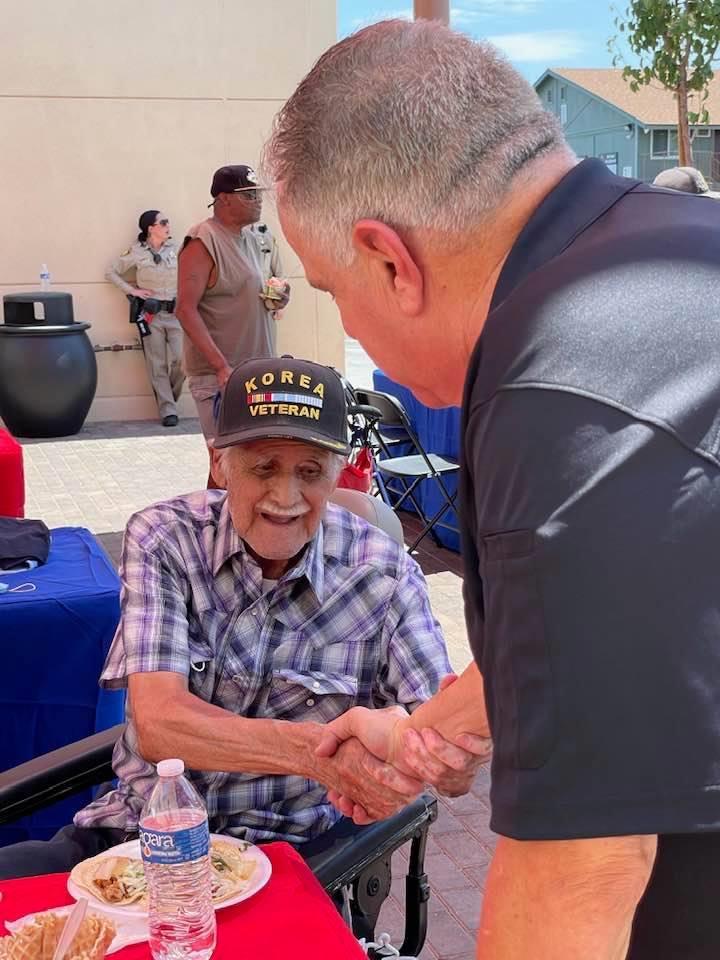
1 minute read
Serving Those Who Have Served
With Honor, Dignity & Respect
Emergency shelters are unable to provide the intensive long-term assistance which homeless Veterans require in order to stabilize their lives.
Advertisement
While master planned housing programs do provide such assistance, veterans are more responsive to service interventions from a stable, permanent housing base.
Homelessness for U.S. veterans is one of our nation's most serious social problems. The primary source of homelessness among veterans includes the lack of available and affordable housing
In the United States
• 1/3 of the adult homeless population are veterans.
• 70% of these suffer from substance abuse problems.
• 45% of these suffer from some form of mental illness.
• 196,000 homeless veterans in U.S. on any given night.
• 3-11% of homeless veterans are women.
• The current unemployment rate for veterans is 12% in the U.S.
• The U.S. government states that Post Traumatic Stress Disorder (PTSD) is the leading cause of homelessness among veterans.
The emergency shelter system can accommodate only a small fraction of the growing number of homeless veterans and veterans' families in need.
Veterans are often forced to live in their cars, in garages, in other places unfit for human habitation or to move from place to place with their children, staying intermittently with friends and families.
Even a short period of homelessness can lead to depression, mental illness and child neglect, yet increasing numbers of Veterans are homeless for months and sometimes years.
• According to VA Secretary Eric Shineski, an estimated 22 Veterans commit suicide in the United States every day.
• The most common suicide method is drug overdose.
Bringing it home to Las Vegas
• 7,000 to 9,000 homeless veterans
• 20,000 veterans at risk of becoming homeless
• No new housing starts for veterans in recent years








